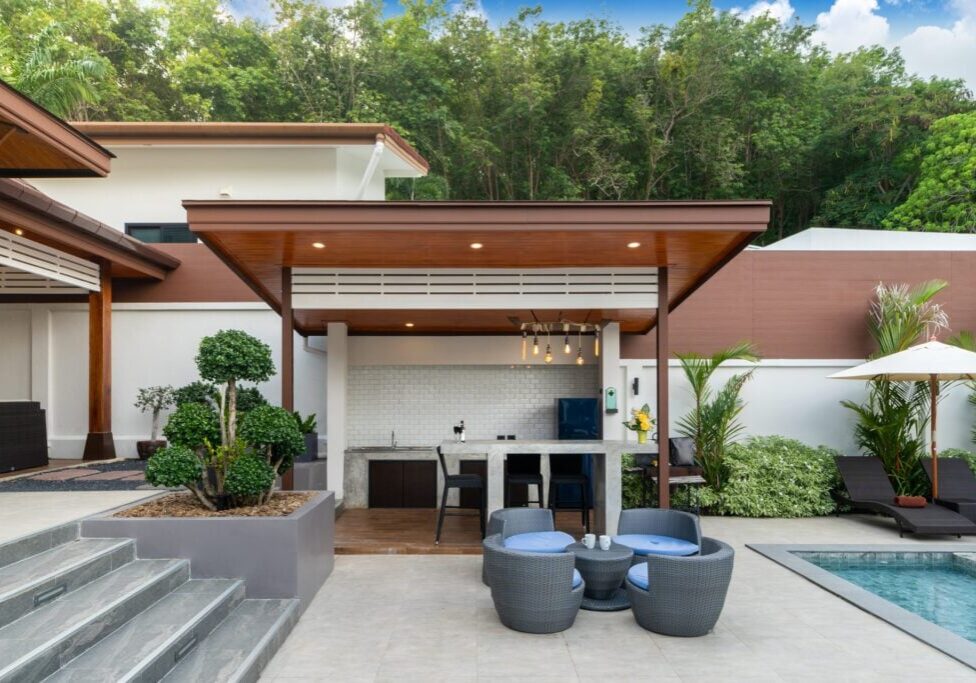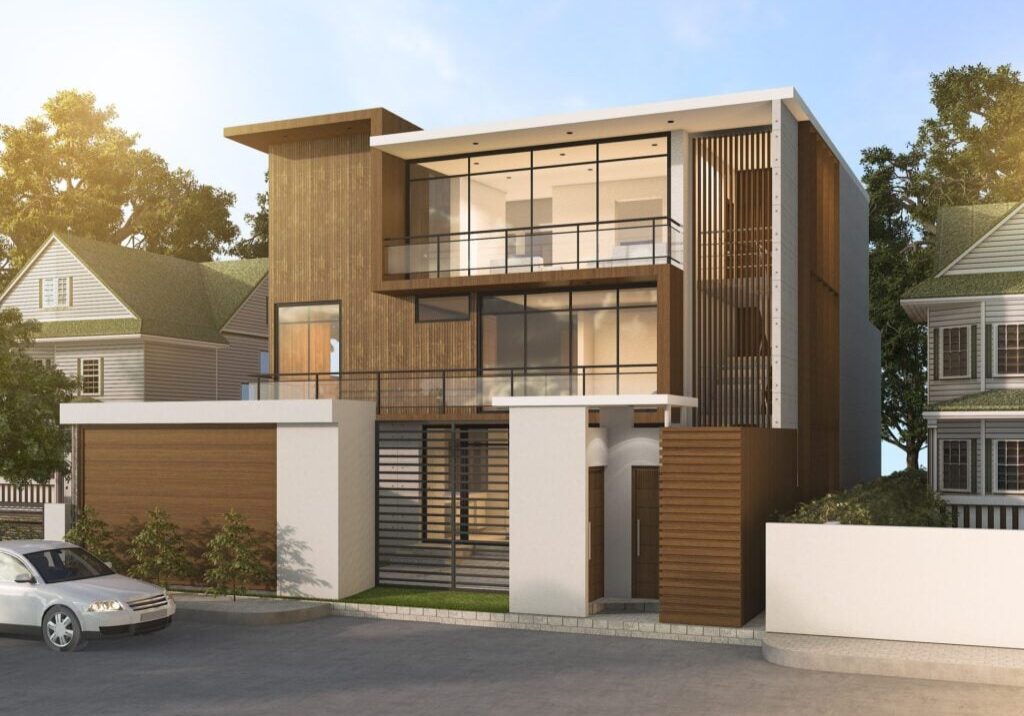Why Land?
Secure your financial future today by investing in land. Land is a stable and reliable investment, which acts as an outstanding hedge in our current inflationary environment.


Location
Multiple States. Diversify Your Investment Portfolio.
Make Your Dream A Reality
A Blank Canvas
Not exactly sure what you want to do with your vacant land lot? That's ok. We are here to help. With our network of go-to builders/developers, you will be able to make a reality exactly what you want.
The World Is Your Playground. The Possibilities Are Endless.





Residential
Be a good neighbor.

Commercial
Contribute to your community.

Smart Home
Make life easy.

Storage
Have extra room.
Family Values
The Founders of Shamrock Point Investments, Inc.
We are a small, family owned business that understands the importance of making a home the center of where the heart is.




